| Otros Nombres | Cuchilla peletizadora de plástico, Cuchilla cortadora de pellets de plástico, Cuchilla granuladora de plástico, Cuchilla peletizadora de plástico |
|---|---|
| Lugar de Origen | China |
| Aplicación | Industria del reciclaje de plástico |
| Material | Sk2, HSS, M2, SKD11 |
| Número de Modelo | CB-PC |
| Servicio OEM | Disponible |
| Términos de Pago | L/C, T/T, Western Union |
| Embalaje | Caja de Cartón, Cajas de Madera |
| Tiempo de Entrega | 7-20 Días |
Compartir en:
Cuchillas de peletizadora de plástico, también conocido como cuchillas granuladoras, cuchillos de peletización, o cuchillas de rotor y cuchillas del estator (dependiendo de su posición en la peletizadora), son herramientas de corte esenciales que se utilizan en las máquinas de peletización de plástico. Estas máquinas reducen trozos grandes de plástico a pellets o gránulos pequeños y uniformes, que constituyen la materia prima principal para la fabricación de diversos productos plásticos. Cuchillas de peletizadora de plástico Están diseñados específicamente para cortar de manera eficiente y limpia diferentes tipos de materiales plásticos en estos tamaños de pellets consistentes.
Cuchillas de peletizadora de plástico Son esenciales en las industrias de reciclaje y fabricación de plásticos. Sus principales aplicaciones incluyen:
Los materiales utilizados para cuchillas de peletizadora de plástico Debe ser altamente resistente al desgaste para soportar la naturaleza abrasiva de algunos plásticos y rellenos, así como el funcionamiento continuo a alta velocidad de las máquinas de peletización. Los materiales comunes incluyen:
La dureza de cuchillas de peletizadora de plástico Suele oscilar entre HRC 52 y 65, dependiendo del material y del tipo de plástico procesado. Un tratamiento térmico adecuado es crucial para lograr el equilibrio óptimo entre dureza y tenacidad. Se pueden aplicar recubrimientos como el cromado o el nitruro de titanio (TiN) para mejorar la dureza superficial, reducir la fricción y mejorar la resistencia a la corrosión.
Cuchillas de peletizadora de plástico Vienen en diversas formas y configuraciones según el tipo de máquina de peletización (p. ej., peletizadoras de filamentos, peletizadoras subacuáticas, peletizadoras de matriz) y el tamaño y la forma deseados del gránulo. Las formas más comunes incluyen:
El principio de funcionamiento implica la rotación cuchillas de peletizadora de plástico (cuchillos de rotor o de mosca) pasando cerca de los estacionarios cuchillas del estator o la cara de la matriz, cortando las hebras continuas o la masa fundida extruida en pequeños trozos. La holgura entre las cuchillas del rotor y del estator es crucial para un corte limpio y evitar que el material se manche o se tire. La velocidad de rotación y la velocidad de alimentación del material plástico determinan el tamaño y la forma de los gránulos resultantes. Se utilizan diferentes geometrías de cuchillas y configuraciones de corte para optimizar la calidad de los gránulos y la eficiencia de la producción para diversos tipos de plásticos y requisitos de rendimiento.
Disfrute de la comodidad de una importación sin interrupciones. Desde el transporte hasta el despacho de aduanas, manejamos todo el proceso. Solo tiene que pagar el IVA y esperar la llegada de sus productos.
Hemos visto nuestras cuchillas destacarse en innumerables aplicaciones y estamos listos para cualquier proyecto que nos presente. Espere precisión, durabilidad y precios competitivos inigualables.
Ya sea que nos proporcione dibujos, bocetos o muestras, podemos diseñar y fabricar para usted. También tenemos la experiencia para ayudar a modificar diseños y especificaciones existentes para mejorar casi cualquier aplicación de herramientas industriales. Por favor, contacte a nuestro equipo de ventas dedicado para discutir sus requisitos específicos.
Se realiza una serie de pruebas e inspecciones para controlar la calidad, incluyendo la inspección del primer artículo, la inspección de material entrante y materiales certificados, la inspección de calidad en proceso, y la inspección de calidad final.
Ya sea usted un importador, distribuidor, mayorista o usuario final, le damos la bienvenida. Benefíciese de MOQ mínimos, consultas sin complicaciones y mayor libertad de compra.
Considérenos su monitor exclusivo. Le proporcionaremos actualizaciones regulares sobre cada etapa crucial de su línea de producción. No importa la distancia, tendrá información en tiempo real sobre el progreso de su producto.
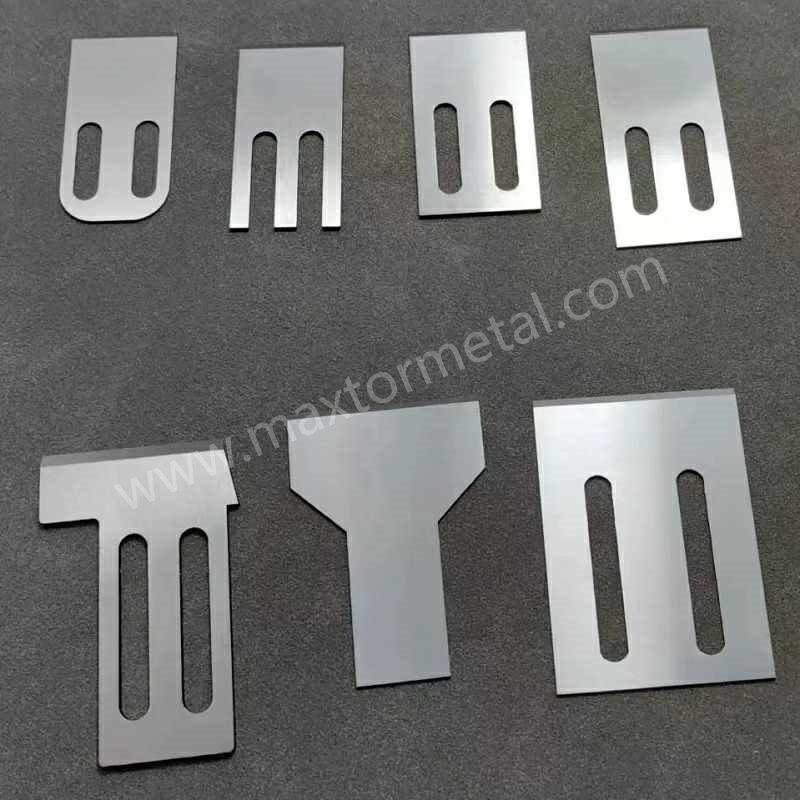
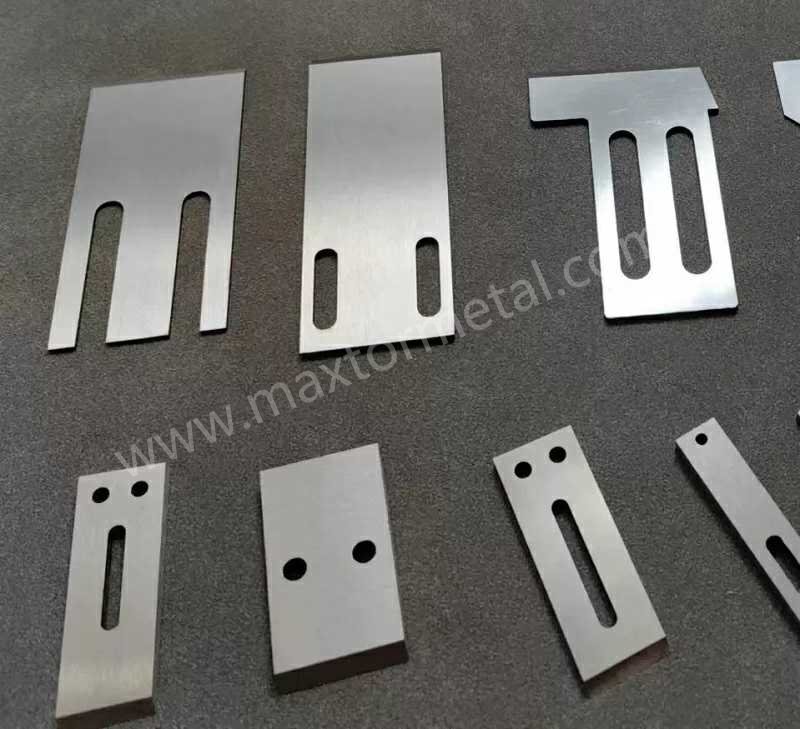
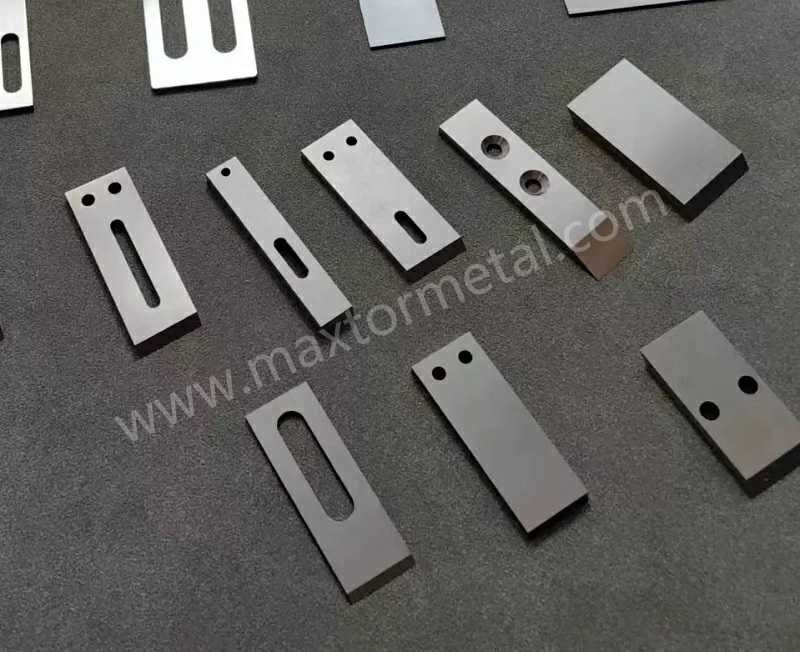
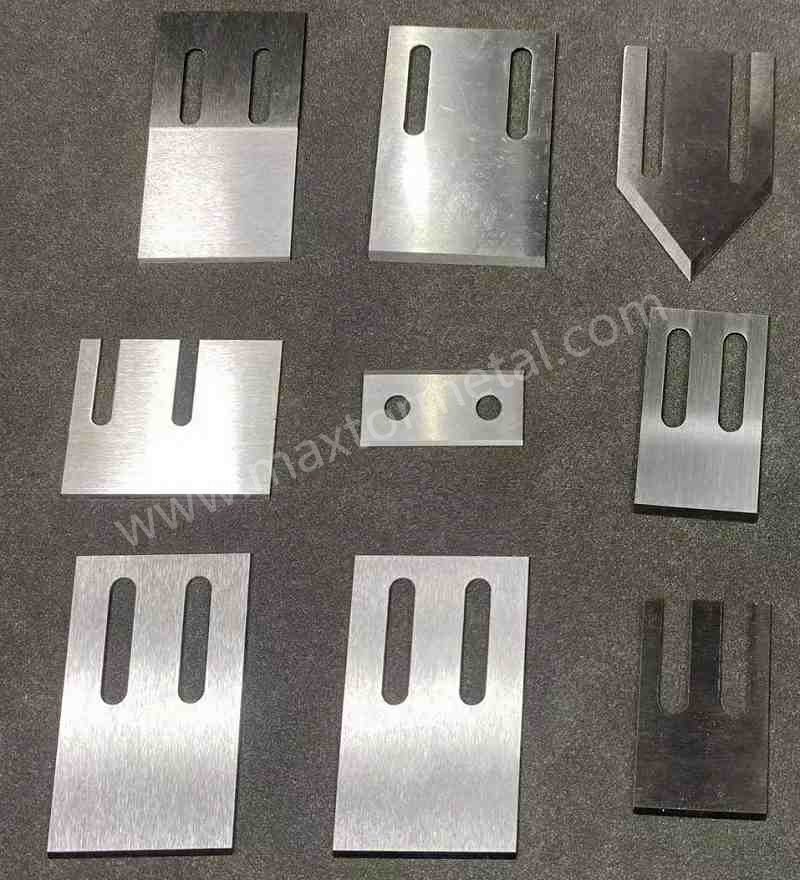
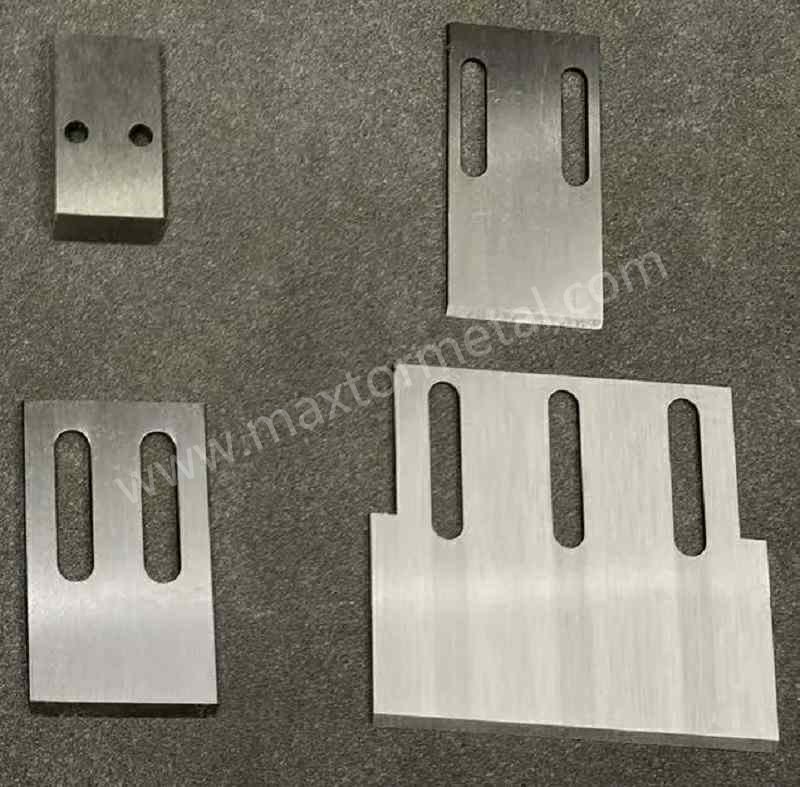
Nanjing Metal Industrial CO., Limited
Mingjue Industrial Park, Lishui, Nanjing, Jiangsu, China
Manténgase al día con nuestras últimas noticias.